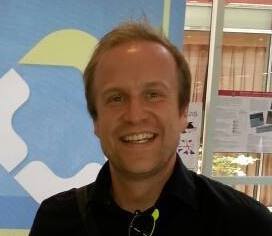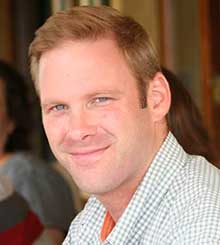Polonca Vodičar, Tadeja Zupanc, Osnovna šola Vransko-Tabor
We live in times of “smart” devices that accompany us everywhere. If you want to keep in a “smart” step with the pupils, you must also use “smart” technology during the lessons. We are a specialist subject teacher and a single class teacher.
We carried out a minor class project with the third grade pupils and the eighth and ninth grade pupils who attend the geographical extra-curricular activity. The eighth and ninth grade pupils learned more about the cartography and domestic landscapes. They also hid some treasures on historically and geographically important points in Vransko and the third grade pupils had to find them. They published the treasures’ locations on the Web site http://www.geocaching.com/ where they presented the points and entered the coordinates. The pupils of the geographical extra-curricular activity helped themselves with the Internet where they were looking for, checking and evaluating the information. The third grade pupils learned more about their hometown, its institutions and heritage, and about a map and the directions in the sky, they learned how to use maps and sketches. They were looking for treasures around the school by using sketches. They have used different e-learning materials. At the end of the project they started their treasure hunt with mobile phones in their hands. All pupils have gained valuable knowledge they will use in their further lives. They used mobile phones for a completely new purpose as they used to.


